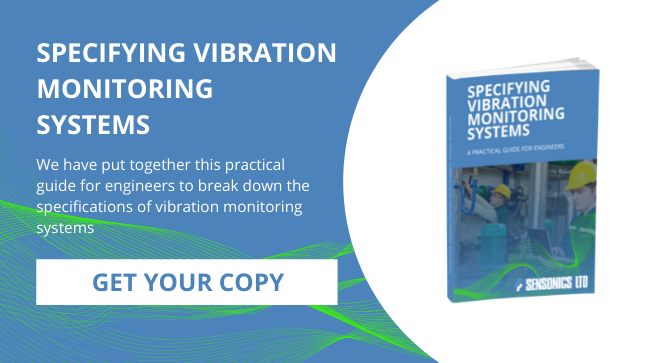A Simple Guide To Condition Monitoring Systems
For businesses who rely on complex rotating machinery for their operations, unplanned system downtime is a serious and expensive issue. When technical problems occur, the immediate shutdown of plant is often necessary to protect operatives from danger and allow time for engineers to assess the situation. Daily operations can grind to a halt, without adequate time for managers to plan alternative actions.
However, the consequences of equipment breakdown can be even more serious than you initially realise. A minor problem can quickly escalate, causing extensive damage to moving parts that can prove costly and time-consuming to resolve. If the initial problem could have been spotted earlier, that makes the outcomes even more frustrating.
A condition monitoring system provides plant managers with an early warning of emerging problems with machinery, minimising downtime, cutting maintenance costs, and protecting the workforce from harm.
What Is a Condition Monitoring System?
In rotating and moving machinery, variables such as vibration, temperature, and power draw may display the subtlest of changes when technical problems start to emerge which, without highly sensitive sensors, may go unnoticed.
Condition monitoring systems constantly analyse plant machinery during operation, comparing performance data with established benchmarks, trends, and comparable equipment to assess if a deviation from the norm occurs. By combining data acquisition, processing, and comparison, condition monitoring software can quickly identify changes that could be indicative of a malfunction, allowing engineers to take prompt action to avoid a major breakdown.
What Are The Benefits of Condition Monitoring?
In simple terms, condition monitoring (CM) identifies which equipment is likely to malfunction and how, giving engineers the information they need to plan maintenance downtime instead of acting retrospectively. But what are the specific benefits CM offers your operation?
Avoids Unplanned Downtime
By alerting plants managers and engineering staff to technical problems, condition monitoring minimises unplanned downtime. Armed with real-time data about the performance of key components, maintenance staff can accurately judge how severe a problem is and schedule maintenance at a convenient time, when preparations can be made for the shutdown. Periods of downtime are more likely to be time-limited, without frustrating delays waiting for new parts to arrive.
Safeguards Employees
Sudden equipment failure can be hazardous for machine operatives and, without adequate warning, there may be insufficient time for personnel to move away from the danger zone before machinery can be shut down. Condition monitoring alerts staff to emerging problems at the earliest opportunity, so that equipment can be immediately shutdown before extensive damage occurs that could put people’s safety at risk.
Futureproofs Your Plant
With up to 40 per cent of your maintenance staff likely to retire in the next five years[1], losing specialist knowledge and expertise could pose a challenge for your plant’s operations. Condition monitoring helps to overcome this problem by providing a continuous insight into the operational status of your machinery which future generations of engineers can rely on for up-to-the-minute information.
Ready To Find Out More About Condition Monitoring?
At Sensonics, we provide scalable condition monitoring solutions for a range of industries to help to reduce unforeseen downtime. To find out more, please download our free guide ‘Condition Monitoring Solutions for Industry’ or call us on 01442 876833 to speak to our experienced staff.


